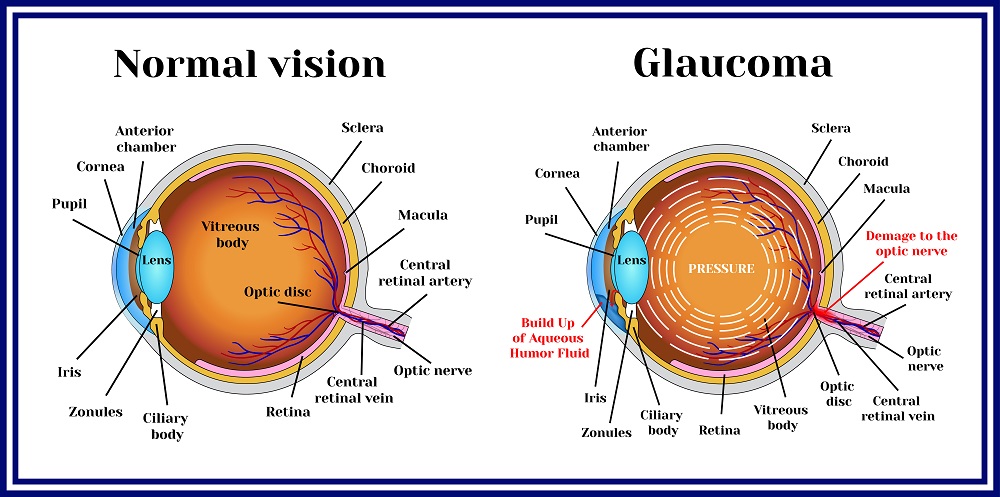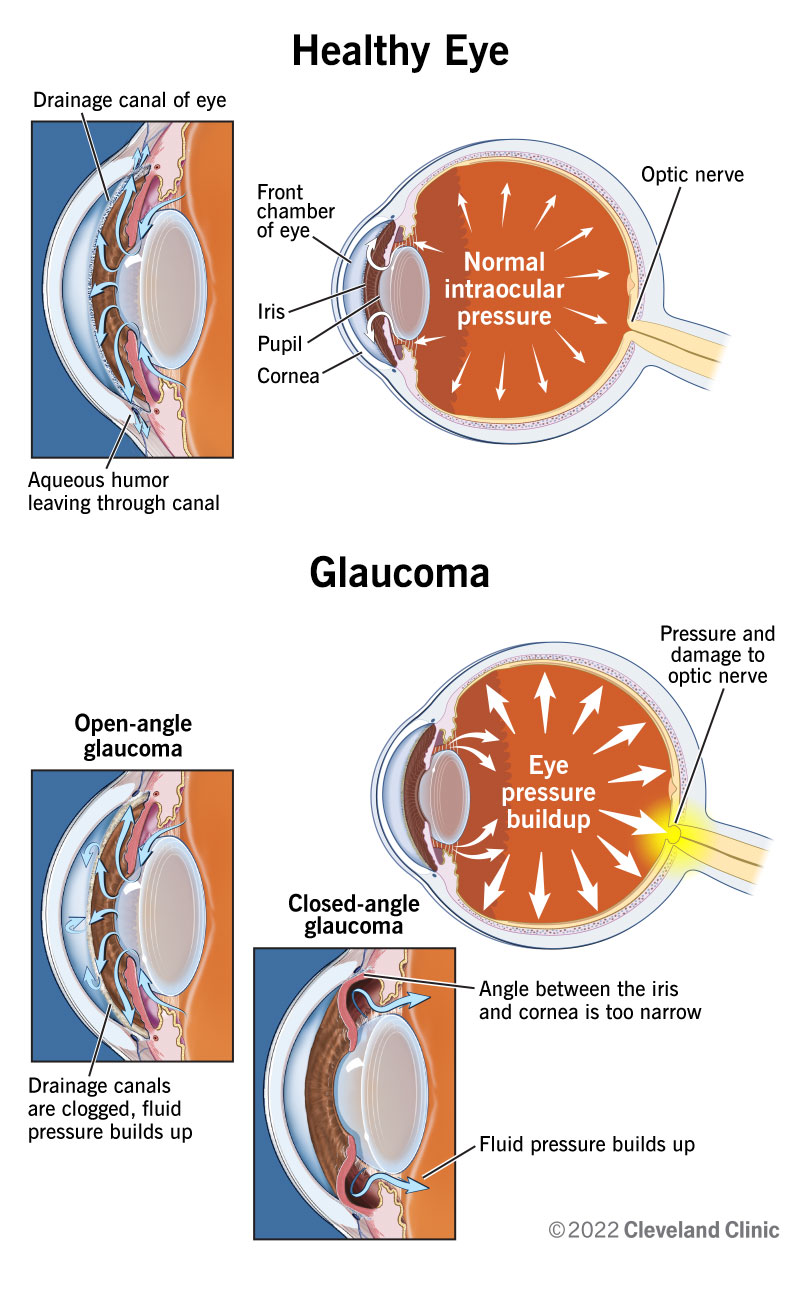Trusted Eyecare Near Me: Your Overview to Preserving Healthy And Balanced Vision
Trusted Eyecare Near Me: Your Overview to Preserving Healthy And Balanced Vision
Blog Article
Recognizing the Various Vision Correction Procedures Available for Clearer View
In the realm of vision adjustment procedures, a multitude of alternatives exist to deal with refractive errors and supply people with clearer view. From the commonly identified LASIK surgical procedure to less intrusive treatments like PRK and implantable lenses, the area of ophthalmology offers a series of strategies customized to match different needs and choices. Each procedure features its very own set of factors to consider, benefits, and possible threats. Recognizing the subtleties of these vision correction methods is crucial for making informed choices concerning one's aesthetic health. Let's explore the intricacies of these procedures and dropped light on the path to accomplishing enhanced vision quality.
LASIK Surgery
LASIK surgical procedure is a typical refractive procedure used to fix vision troubles such as astigmatism, farsightedness, and nearsightedness. This surgical technique, which stands for Laser-Assisted in Situ Keratomileusis, intends to reshape the cornea to improve just how light is concentrated on the retina, eventually improving vision clearness.
Among the primary benefits of LASIK surgical treatment is the quick enhancement in vision experienced by people. Numerous individuals notice a considerable enhancement in their sight immediately after the treatment. Furthermore, the majority of individuals report minimal pain and discomfort throughout the surgery and recovery duration. The recuperation time for LASIK is reasonably fast, with several people returning to their day-to-day tasks within a day or 2 post-operation. In general, LASIK surgery is a prominent selection for individuals seeking a lasting service for their vision troubles.
PRK Procedure
While also a typical refractive treatment, the PRK (Photorefractive Keratectomy) method differs from LASIK surgical procedure in its technique to remedying vision troubles. In PRK, rather than creating a flap on the cornea, the outer layer of the cornea, called the epithelium, is entirely gotten rid of. This allows the laser to reshape the cornea to deal with refractive errors such as astigmatism, nearsightedness, and farsightedness directly on the surface.

In spite of the longer recovery time, PRK can generate outstanding cause vision enhancement, making it an important choice for those that may not be suitable candidates for LASIK surgical procedure.
Implantable Lenses
In comparison to PRK where the cornea is reshaped straight, implantable lenses provide one more approach for remedying vision by inserting synthetic lenses inside the eye. This procedure is particularly valuable for people with high levels of farsightedness, nearsightedness, or astigmatism who may not be appropriate candidates for laser surgical procedures like LASIK or PRK.
Implantable lenses, additionally understood as phakic intraocular lenses, job by supplementing the eye's natural lens with a fabricated one. refractive surgeries in al. These lenses can be placed in front of the all-natural lens (anterior chamber) or behind the iris and before the natural lens (posterior chamber) By changing the power and positioning of these lenses, ophthalmologists can properly correct refractive errors and improve visual skill
One advantage of implantable lenses is that they weblink are detachable and exchangeable, offering adaptability for future modifications. Nonetheless, as with any kind of medical procedure, there are risks involved, such as infection or cataract formation. Clients thinking about implantable lenses should talk to an eye care professional to establish the most appropriate choice based upon their individual demands and eye wellness.
Corneal Rings
Corneal rings, also called intracorneal ring sections, are small, transparent tools put into the cornea to fix vision distortions such as keratoconus. Keratoconus is a problem where the cornea thins and bulges outward, creating vision address to come to be distorted. The insertion of corneal rings aids to flatten the cornea, enhancing aesthetic acuity and minimizing the uneven astigmatism triggered by keratoconus.
The treatment for inserting corneal rings is fairly quick and minimally invasive, frequently done as an outpatient procedure. Throughout the surgery, the ophthalmologist makes a small laceration in the cornea and inserts the rings at a particular deepness. Once in place, the rings aid to reshape the cornea, supplying a smoother surface for light to go into the eye, which can cause more clear vision.
Corneal rings are considered a reversible treatment, as they can be gotten rid of or replaced if necessary. refractive surgeries in al. While they may not completely get rid of the need for glasses or call lenses, corneal rings can considerably improve vision top quality and general visual convenience for individuals with keratoconus or other corneal irregularities
Refractive Lens Exchange
Adhering to the correction of corneal abnormalities with treatments like corneal rings, one more vision improvement strategy that can resolve refractive errors is Refractive Lens Exchange (RLE) RLE is a surgery that includes changing the eye's all-natural lens with an artificial intraocular lens (IOL) to deal with refractive mistakes such as farsightedness, presbyopia, and nearsightedness. This treatment is specifically helpful for individuals who might not be ideal candidates for procedures like LASIK or PRK due to aspects go to my blog such as thin corneas or high refractive errors.

Final Thought
In verdict, there are different vision modification treatments available to help individuals achieve more clear view. LASIK surgical treatment, PRK treatment, implantable lenses, corneal rings, and refractive lens exchange are all alternatives that can deal with various vision issues. It is necessary for individuals to speak with their eye care service provider to identify one of the most appropriate procedure based on their certain needs and choices. With improvements in technology, attaining boosted vision is now extra easily accessible than in the past.
In the realm of vision correction treatments, a wide range of options exist to attend to refractive errors and give people with more clear sight.LASIK surgical procedure is a common refractive treatment used to fix vision troubles such as farsightedness, nearsightedness, and astigmatism.While additionally a common refractive procedure, the PRK (Photorefractive Keratectomy) strategy differs from LASIK surgery in its method to correcting vision troubles.Complying with the improvement of corneal abnormalities with treatments like corneal rings, one more vision adjustment technique that can address refractive errors is Refractive Lens Exchange (RLE) LASIK surgical procedure, PRK procedure, implantable lenses, corneal rings, and refractive lens exchange are all options that can resolve various vision concerns.
Report this page